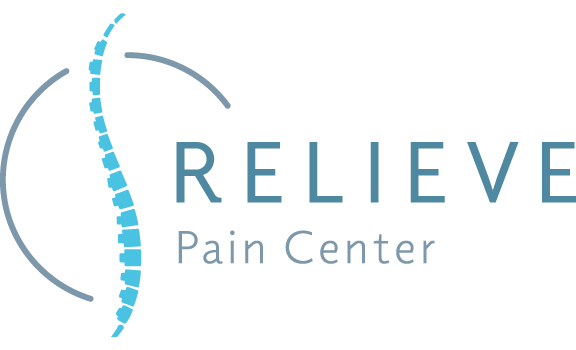Cervical Medial Branch Blocks and Radiofrequency Ablations
Facet Joint – Facet joints are synovial joints between adjacent vertebrae. The facet joints are on both sides of the posterior spine. They align to allow flexion and extension and limit rotation.
Spondylosis – Similar to the knee, hips, or shoulders, age-related wear and tear can degenerate the facet joints. Spondylosis is arthritis in the facet joints. Facet arthritis is typically felt as a dull ache in the neck but can refer to the shoulders and upper back. Facet pain is usually worse with rotation and extension (looking up).
Medial Branch Blocks – Medial branch nerves innervate the facet joints and transmit pain to the spinal cord and brain. During a Medial Branch Block procedure, a local anesthetic is injected around the medial branch nerve under fluoroscopic (X-Ray) guidance to stop the transmission of pain from the damaged facet joint. If your pain and range of motion improve after a medial branch block, then we know the damaged facet joint is the source of the pain. Since the medial branch nerve is blocked with local anesthetic only, the pain relief may wear off after a few hours. After the procedure, please record how much pain relief you get in a pain diary.
Radiofrequency Ablation (rhizotomy) – If you experience significant pain relief and functional improvement with the diagnostic Medial Branch Block, you are a candidate for Radiofrequency Ablation (RFA) to provide longer lasting pain relief. Radiofrequency Ablation uses radio frequency waves to generate heat around the medial branch nerves to ablate the nerve and destroy its ability to transmit pain signals to the brain. The RFA procedure is performed under fluoroscopic (X-Ray) guidance to make sure the needles are in the proper location. We additionally use sensory testing to pinpoint the exact location of the targeted medial branch nerve and motor testing to make sure there won’t be any weakness after the procedure. The medial branch nerves are peripheral nerves and will regenerate. Average pain relief is one year and the procedure can be repeated. Pain relief onset is usually one to two weeks, but the procedure may take 6 weeks to start working.


